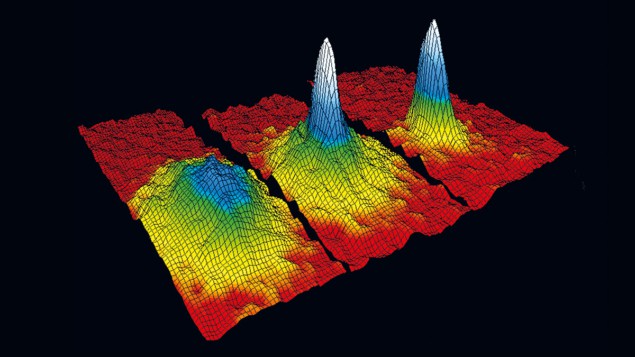The road to Bose–Einstein condensates and degenerate Fermi gases was paved with ideas that shouldn’t have worked, but did, as Chad Orzel explains in the final segment of his three-part history of laser cooling. Read part one and part two first

Thank you for registering with Physics World
If you'd like to change your details at any time, please visit My account
The road to Bose–Einstein condensates and degenerate Fermi gases was paved with ideas that shouldn’t have worked, but did, as Chad Orzel explains in the final segment of his three-part history of laser cooling. Read part one and part two first

If you already have an account on Physics World, then please sign in to continue reading
If you do not yet have an account, please register so you can
Chad Orzel is a popular-science author and chair of the Department of Physics and Astronomy at Union College in the US. He has a PhD in chemical physics from the University of Maryland, College Park, where he studied laser cooling at the National Institute of Standards and Technology in the lab of Bill Phillips, who shared the 1997 Nobel Prize for Physics